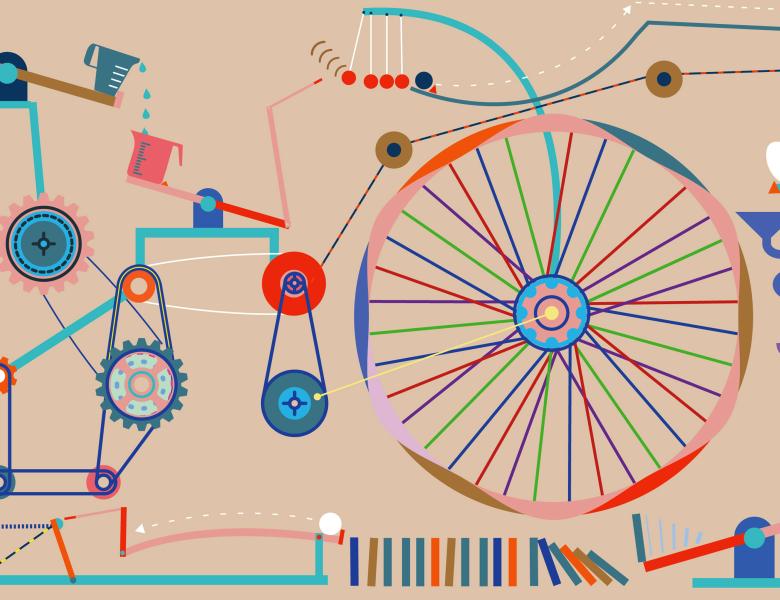
Abstract
I will describe research introducing a novel online environment designed with a controllable causal structure, based on the "blicket detector". The environment allows us to evaluate the spontaneous interventions children use to discover the high-level causal structure of the detector, and to compare those interventions to those used by artificial agents, particularly in an RL context Through experimentation with both computational models and children, we demonstrate that there are significant differences between information-gain optimal RL exploration in causal environments and the exploration of children in the same environments. We leverage this new insight to lay the groundwork for future research into using interventions for causal discovery.


